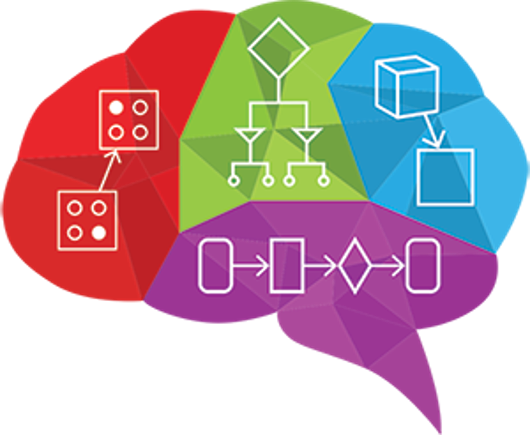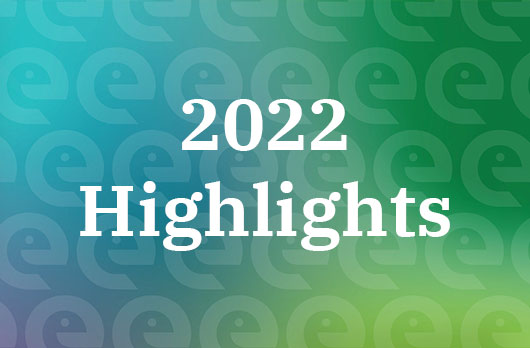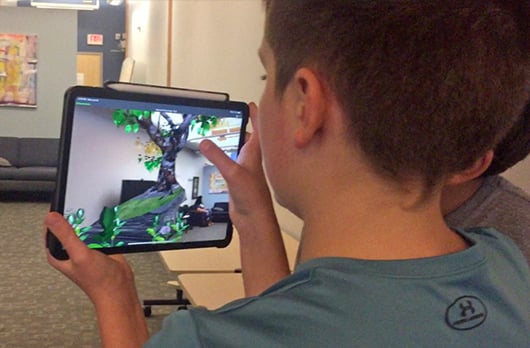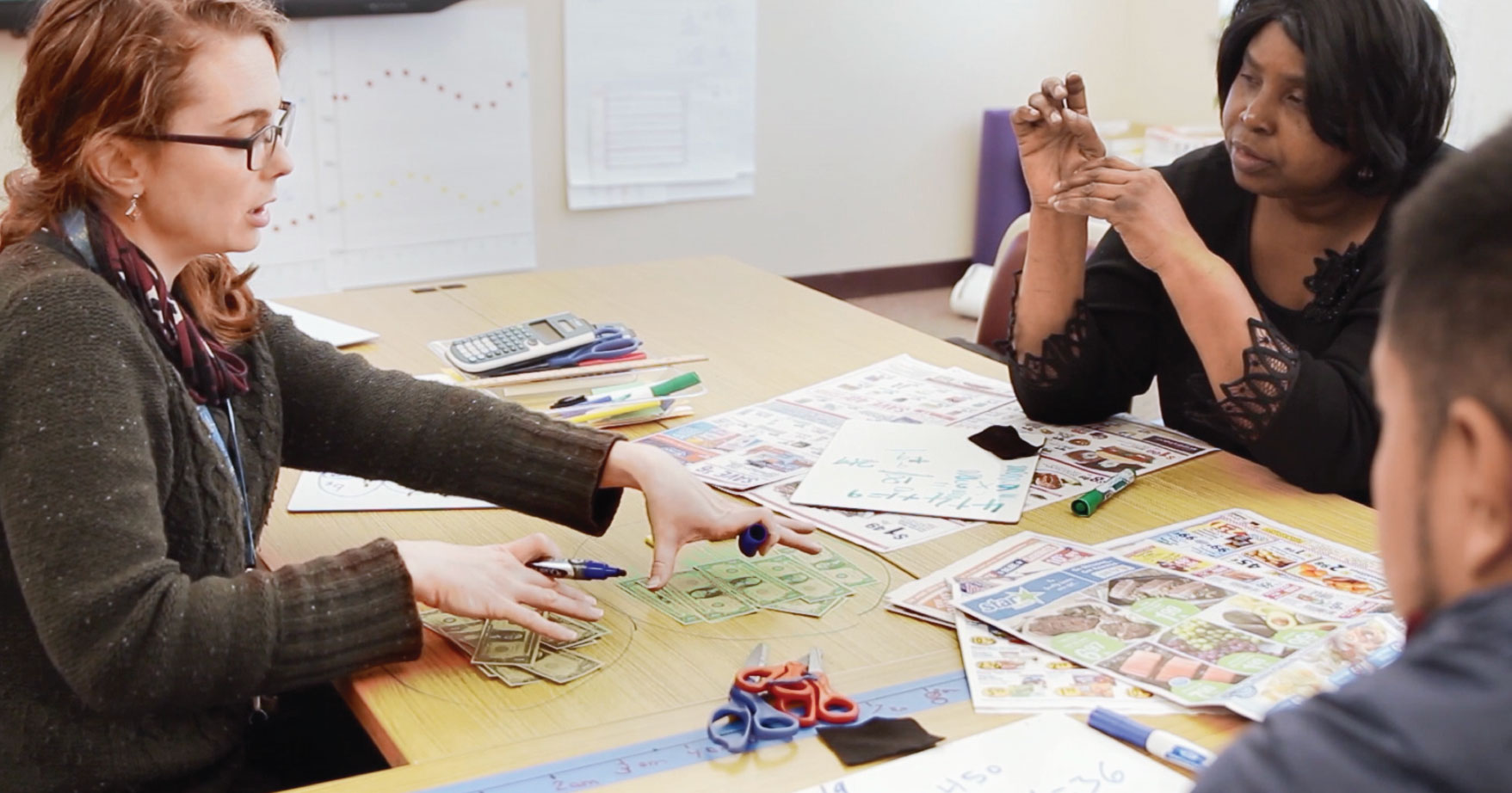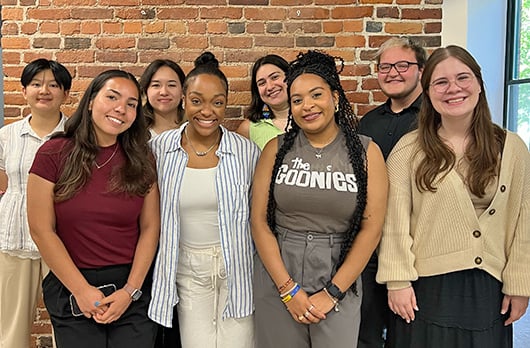Throughout the year we strive to inform and engage you with the best practices in STEM education, as well as professional development, and evaluation. The 5 publications below, our most read this year, did just that. From utilizing dance to teach physics to exploring new ways to teach adults division — these are the publications you downloaded the most.
This list is just a small sample of our publications that are helping to advance STEM education. In 2022 alone, we published 19 journals, book chapters, and articles. Be sure to sign up for our newsletter to never miss a publication.
#1
A Deep Dive Into Teaching Division
Melissa Braaten, Adult Numeracy Center Consultant
When it comes to the four basic operations, division is often the one that students find the most difficult. Many adult education students, especially at beginning levels of math, have gaps in their understanding of both when and how to divide. Why does this operation seem to cause more problems than the rest?
This resource explores why division can be difficult for learners and offers two models for how to think about and teach division.
Read more
#2
Museum Education for Today's Audiences
Scott Pattison and Smirla Ramos-Montañez
Although museums have long valued and catered to families as an audience, museum educators have not always had the tools or training to support the unique nature of family learning or to develop family-specific approaches that are distinct from classroom teaching. In this chapter, we outline a series of research-based principles for understanding family learning and provide examples to illustrate how these principles play out in museums.
Read more
#3
Diverse STEM Interest Development Pathways in Early Childhood
Scott Pattison and Smirla Ramos-Montañez
Over the last several years, the Head Start on Engineering (HSE) initiative, based in Portland, Oregon, has been developing a family-based program to engage preschool-age children and their families from low-income communities in the engineering design process and simultaneously study how these experiences support long-term family interests related to engineering. In this book chapter, we describe findings from a retrospective interview study with parents one to two years after they participated in HSE.
Read more
#4
Teaching Statistics to Struggling Students: Lessons Learned from Students with LD, ADHD, and Autism
Ibrahim Dahlstrom-Hakki and Michelle L. Wallace
There have been significant developments in the field of statistics education over the past decade that have improved outcomes for all students. However, there remains relatively little research on the best practices for teaching statistics to students with disabilities. This article describes a conceptual visual approach to teaching a college level general education statistics course aimed at addressing the needs of students with disabilities and other struggling students.
Read more
#5
Embodied Physics: Utilizing dance for learning and engagement in STEM
Folashadé Solomon, Dionne Champion, Mariah Steele & Tracey Wright
Physics is often presented as disembodied, separating learners from opportunities to utilize their bodies as sense-making resources. By ignoring issues of body, ethnicity and culture, these framings limit access to physics for many, including Black girls, who struggle to gain access to physics. Studying the situated, embodied cultural practices of Black girls in physics learning environments provides a window into the range of resources available for physics exploration and illuminates possibilities for culturally relevant physics pedagogies.
Read more
BONUS
Because Subjects Don’t Exist in a Bubble”: Middle School Teachers Enacting an Interdisciplinary Curriculum
Michael Cassidy and Gillian Puttick
Research shows that interdisciplinary learning approaches increase student knowledge and interest in STEM. However, there is little empirical evidence about teacher enactment of interdisciplinary curricula, especially at the middle school level. In the Designing Biomimetic Robots (BioRobots) project, teachers received professional development and enacted an interdisciplinary robotics curriculum in middle school classrooms. The purpose of this study was to explore how a science and an engineering teacher enacted an interdisciplinary curriculum, designed to support teachers in both disciplines. We sought to understand the choices they made during curricular implementation and the ways in which they supported students’ use of disciplinary practices.
Read more






